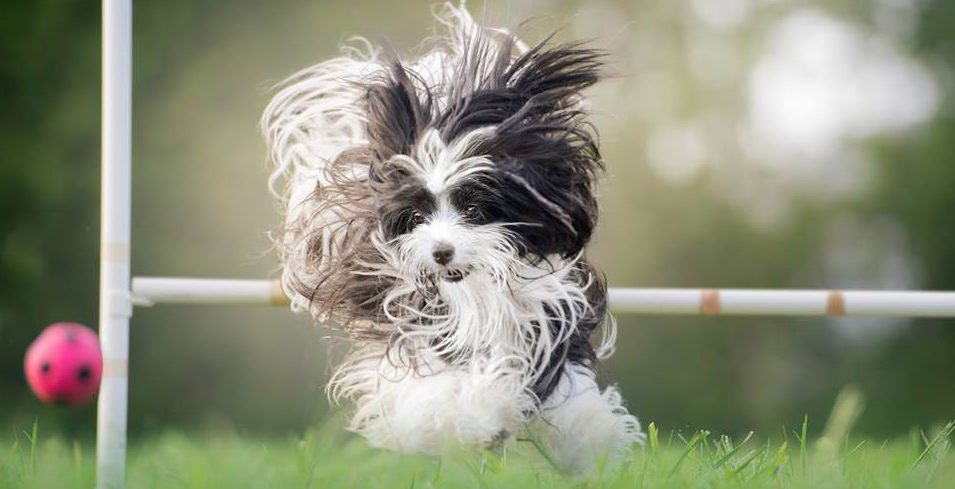
Let’s talk about linebreeding.
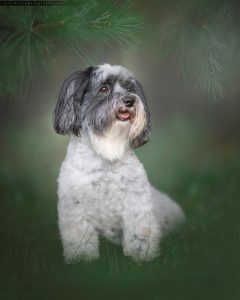
Many people think that because we are a company that specializes in the preservation of biodiversity, we must also be inherently against all linebreeding. We aren’t, as long as it’s carefully done. We strongly recommended that breeders first know the lines and health of a family well before attempting it, and that they know how close genetically two dogs actually are. We’ve learned from DNA testing how often our pedigree based assumptions are incorrect.
One very important caveat to doing any linebreeding is that it is vital to know your breed. If a breed has a breed-wide bottleneck, it will be difficult to linebreed without having very high levels of inbreeding. The breed in this example, Havanese, is as a whole very outbred with a lot of well distributed biodiversity. This makes linebreeding much easier to accomplish safely than for some other breeds.
Why linebreed?
This might be the first question that comes to mind for people who are not breeders, those who avoid linebreeding at all costs or those who are new to breeding. As we’ve mentioned in the past, breeders cultivate lines because they love aspects of those dogs. A big part of breeding purebred dogs is breeding for consistency in temperament, type, drive etc. So how does linebreeding fit in to this? Linebreeding can quickly and easily set type within a line, which will create more consistent offspring in the above mentioned traits. It can also mean high levels of inbreeding, but not necessarily.
Another reason to consider linebreeding is because when genetic outliers are bred to the mainstream, it’s easy for those genetics to quickly be diluted in to the mainstream genetics and lost. So, another (compelling for some) reason to linebreed might be to maintain a line of genetically unusual dogs (why do we care about genetic outliers?) so that their genetics are not lost to drift. In this case, a higher inbreeding value might be acceptable in order to maintain those less typical genetics.
But, linebreeding does not always have to mean inbreeding!
There is an old saying that goes like this in agriculture: “It’s linebreeding when it works, and inbreeding when it doesn’t.” Perhaps that old mantra is true for the very reason demonstrated below: offspring can really vary from one another and a couple generations away from an individual, one descendant can be very different from its ancestor, while another descendant will be much closer related. This could render one linebreeding genetically safer than another by reducing risk of deleterious mutations expressing in the resultant offspring.
The following is a discussion regarding two potential linebreedings between a great uncle and two great nieces.
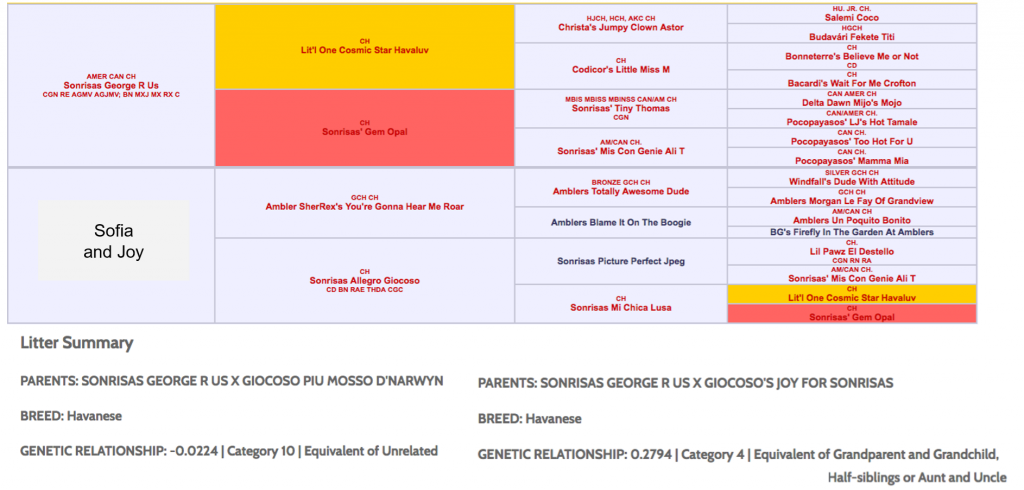
Using conventional knowledge of COI – coefficient of inbreeding – one might believe that the great uncle would be somewhat closely related to both of the great nieces. However, due to recombination of maternal and paternal chromosomes during meiosis, offspring can really vary from one another in their genetic makeup.
Let’s take a look at the potential breedings.
The potential sire is Am Can CH Sonrisas George R Us RA CGN AGMXV AGXJ AGMXJV MACH BN RE MXB MJB CGC, who, in addition to having many titles, has received a platinum health award from the Havanese Club of America for being over 7 and passing heart, eyes (annual), patella, and hips, thyroid (x3). For some, this might indicate he is a good contributor to the gene pool and a good candidate for linebreeding. The two potential dams are AKC GCH / BIS UKC CH Giocoso Piu Mosso d’Narwyn – “Sofia” and CH Gicocoso’s Joy for Sonrisas Joy AGI AGIJ AX AXJ- “Joy”.
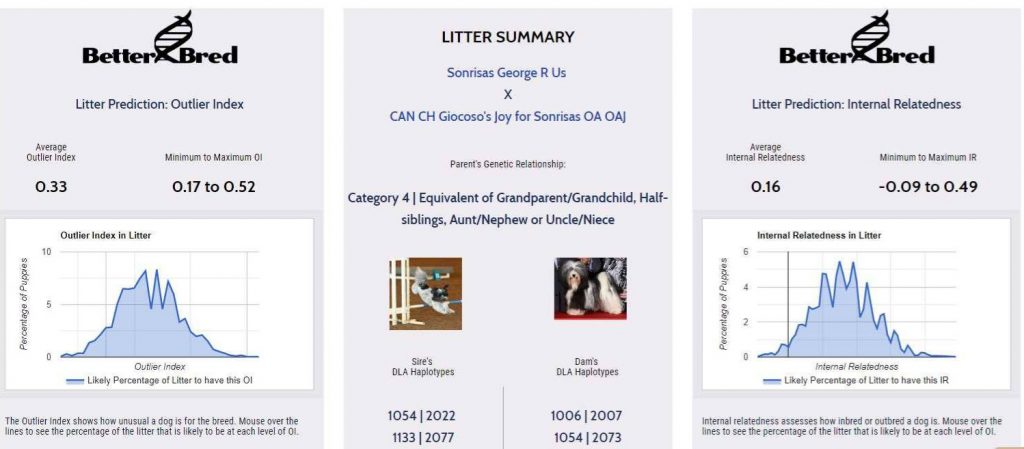
Unexpectedly, this breeding shows that Joy is actually closer related to George than what one might anticipate between a great uncle and great niece when looking at the pedigree and COI. This is a category 4 breeding, the equivalent of Grandsire and grand-daughter in relation. The average inbreeding of their potential litter is quite high at .16, while it goes all the way up to .49!
Of note, the Outlier Index also is well below breed average for this litter (we recommend trying to breed at or above breed average OI to maintain breed-wide diversity) indicating that puppies would have genetics that are more typical/common for the population than the average Havanese. Having more typical genetics is not a bad thing, however if many people breed towards lower and lower OIs, the breed will be breeding toward a genetic bottleneck. One positive aspect of this breeding is that all of the resultant puppies would have two different DLA haplotypes, but this is not more important that the estimation of genomewide inbreeding and relatedness shown by the other measures.
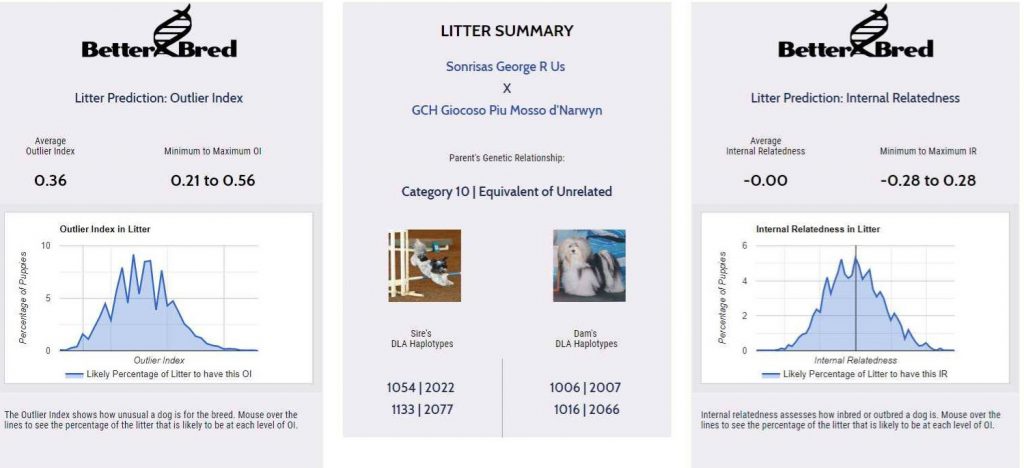
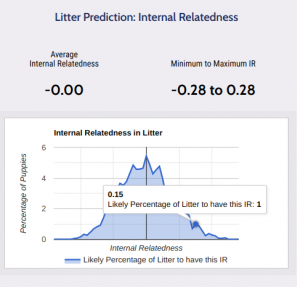
This second breeding between George and Sophia paints a much different picture. Instead of more closely related than anticipated, the opposite is true! They are genetically unrelated (for this genepool) or a category 10 breeding. The average inbreeding estimate would be 0, while the highest potential IR would be .28. This number is high in terms of inbreeding, but if you hover over the graph, you see that relatively few puppies would be likely to fall above the threshold of .15, which is the value that would be considered highly inbred.
Again of note, the breeding’s average OI of .36 is also close to the breed average OI of .37, so will help maintain the this breed’s biodiversity, which is well distributed and desirable. As an added bonus, this litter would also have puppies who all have two different DLA haplotypes.
Now, of course, when considering linebreedings, everything we have used in our arsenal of selection in the past applies: health testing, temperament, type, pedigree risk etc.
So, as shown here, this breeding software can be used to aid in the selection of related dogs via pedigree in potential linebreedings to set type, but maintaining an acceptably low inbreeding value and genetic relationships that are not too close. Linebreeding does not have to mean inbreeding.
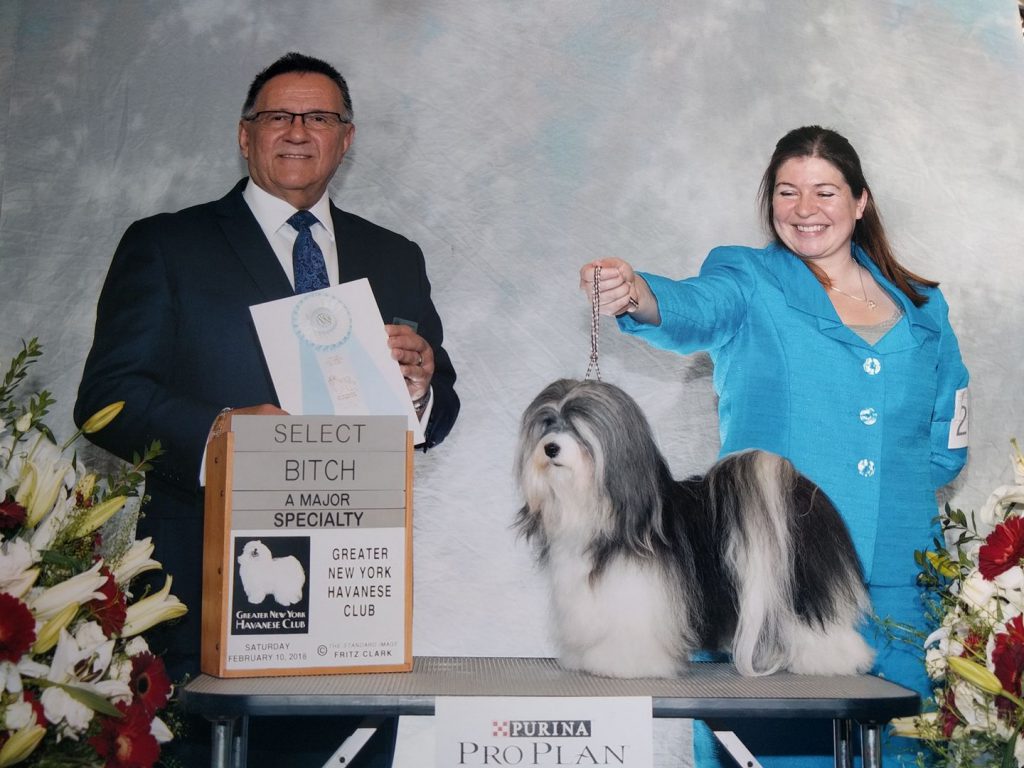
Thank you to the owners of these dogs for giving us permission to write this informative blog post. Sophia and George may be bred in the next year!
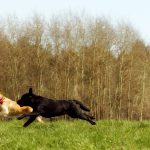 Previous Post
Previous Post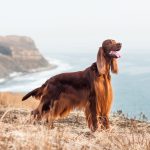 Next Post
Next Post


